This post was sparked by an email I recently received, which said in part:
I am reaching out to see if it would be possible to re-open the tennis courts located near the park. My daughter and I were able to use the courts several times recently – which provided a much-needed break from the current lock down – up until Friday when we arrived to play and the courts were all locked using chains at every entrance.
Having activities that we can safely engage in together is key to getting through this dilemma on a path that promotes physical and mental well-being. Being able to get outside and engage in one of our favorite sports together is a true lifesaver and one of very options that we have left. Of course, we are all in the same house so proximity should not be an issue but, if it were, we are playing on a surface that is 78’ by 27’. Ideal for social distancing.
A few people have written me, in various venues, with similar requests. The basic arguments rest on the points raised in that excerpt: supporting ways for people to maintain health & well-being during the pandemic is important; and activity ‘x’ doesn’t involve or require group interactions.
The points are valid. But they don’t address some important aspects of how communities regulate themselves, particularly in the current crisis environment where what we’re balancing are personal interest against a life-and-death situation.
Laws and regulations constrain individual choices with the goal of maintaining or promoting the overall community’s well-being. It’s not uncommon for a choice to be reasonable on the individual level but be a negative on the group or community level. The recent evolution of the County’s rules governing use of public beaches shows this. Initially it was allowed, provided people practiced social distancing.
But it had to be modified, and made stricter – locking the parking lots and bathrooms – simply because too many people made the reasonable decision to go to the beach at the same time, making social distancing impossible to maintain in practice. None of them did anything “wrong” in deciding to go…but the result was dangerous to the community, so individual choice had to be further constrained. Something similar would happen with a tennis court, too, particularly if it was one of the few open courts in a region. There’s no easy way to keep people from milling about, waiting their turn or just talking, while a court is in use.
Arguably, the earlier beach regimen could’ve worked – people could’ve queued up to use the paths, bathrooms, cooking areas, what have you, without crowding (ditto for tennis courts) – but that almost never happens absent some outside force “pushing” people to do so.
That’s precisely because individual freedom and choice are such strong principles in our society1. We see each other as equals and aren’t casually willing to defer to someone else in pursuit of our self-interest. Even being polite2 breaks down in the face of “crowd pressure” when there’s no obvious and immediate danger in evidence3. Invisible pathogens whose effects take days to manifest themselves aren’t a visible threat.
Beyond this, communities generally strive to keep rules “simple” even if doing so makes the rule “brute force”. Administering and enforcing any rule takes resources, which are always in short supply. Every time a public employee is stationed at a beach or tennis court to ensure important rules are followed that person isn’t doing something else. Not to mention public organizations themselves are also trying to limit unnecessary activities (e.g., by working from home), further straining resources. The more complicated a rule is the more resources administering and/or enforcing it takes.
Granting an exception also inevitably encourages others to come forward with requests or demands for other exceptions. Open up a tennis court and what do you say to the person who asks to open the basketball courts so he or she can do solo practicing? Or the baseball field so a family can toss or hit a few balls around? Or a skate park, since boarders rarely ride duo and try to keep their distance from each other?
All of those requests are reasonable…and granting them, complicating the rule, would either consume a lot of resources or substantially raise the risk the community is trying to mitigate. Even though each specific exception might not be all that significant. We could arbitrarily adopt certain exceptions…but public organizations really dislike doing that because all it does is anger everyone whose exception didn’t get approved4. When there’s no obvious, objective — in a political sense — way to choose which ones get granted the least bad approach is to draw a hard line and not allow any of them.
We are all struggling to work our way through this bizarre situation. The recent constraints on individual choice and freedom would not be appropriate absent the life-and-death threat this pathogen represents.
There are things we could’ve done to give ourselves more freedom of action during a pandemic5. But that’s for the future. Right now we have to play the hand that was dealt us/we dealt ourselves.
Stay healthy. Stay safe. Help others in need.
Which is a good thing! ↩
Which, fortunately, is widely practiced. ↩
Consider what happens on Black Friday. ↩
Making arbitrary choices is not something we should delegate to staff, except in emergencies and for limited scope and duration. Because it’s at the heart of what it means to say public power derives from, and is granted to government by, the people who make up a community. However, the more complicated a rule is the more time it takes the political process to craft it…and time is in short supply during a pandemic, so simple is less bad. ↩
For example, what the South Koreans did by enacting laws to allow for the vigorous tracking of individuals believed to have been exposed to a virus during an epidemic or pandemic. ↩
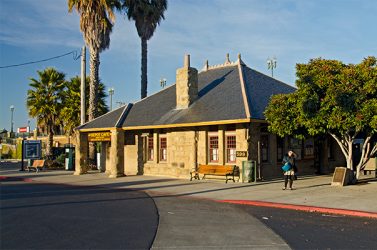
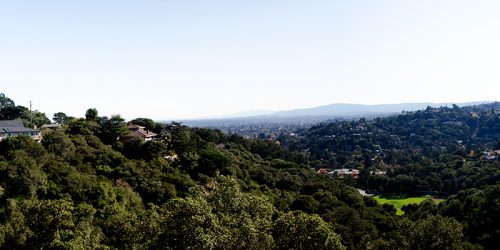
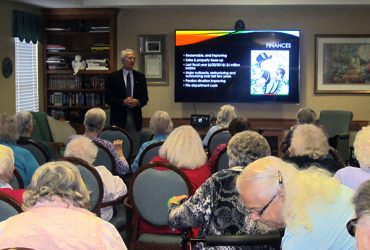
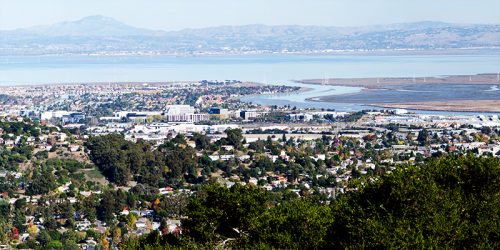
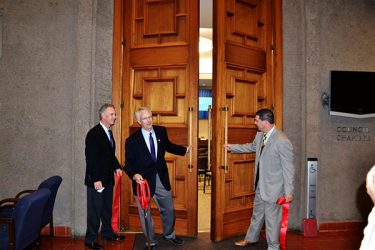
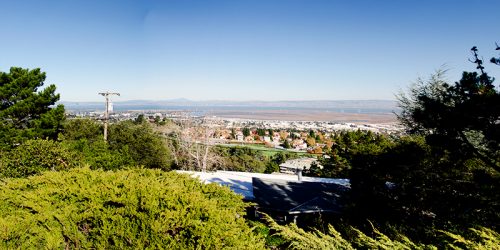

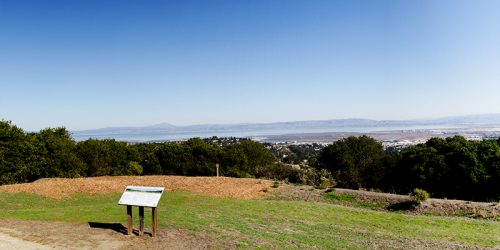
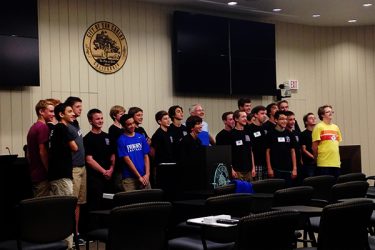
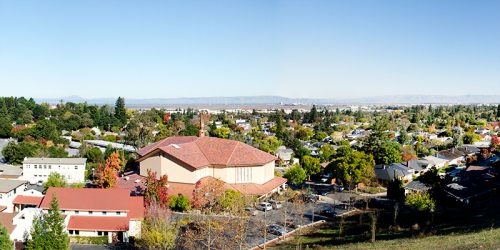
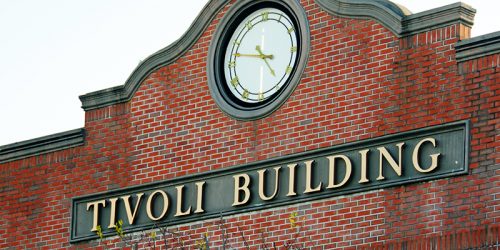
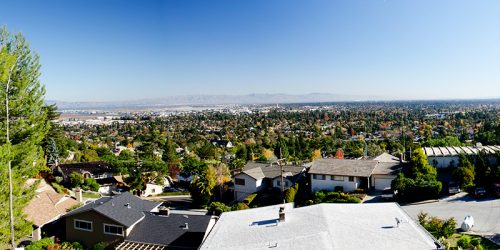

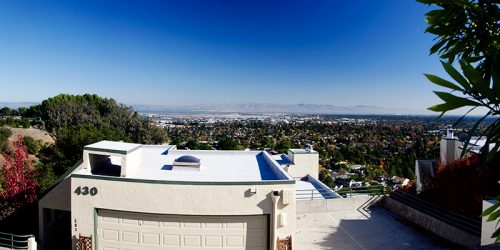
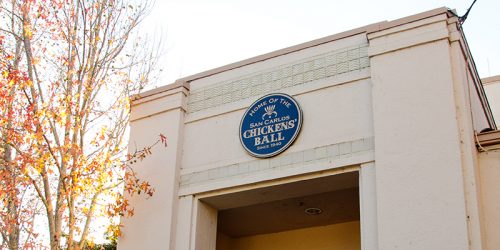
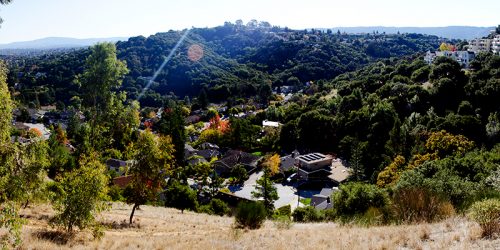
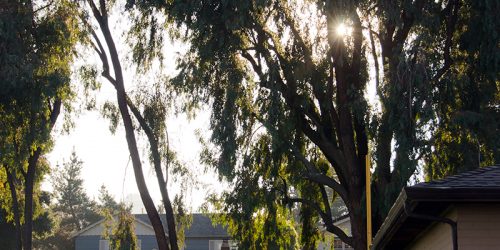
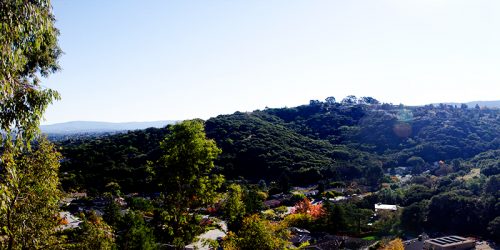
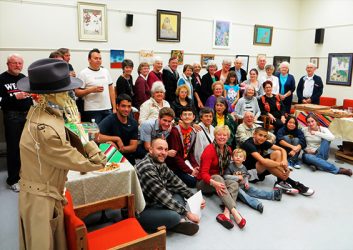
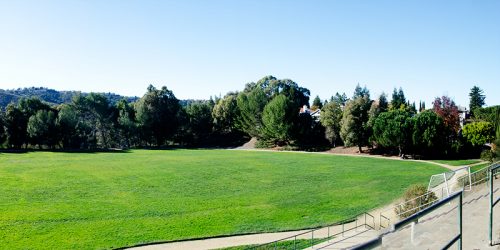
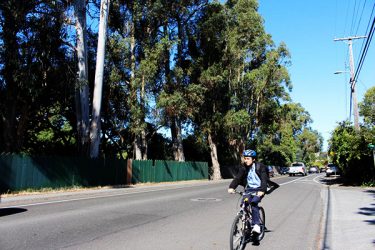
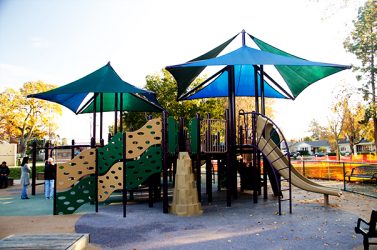
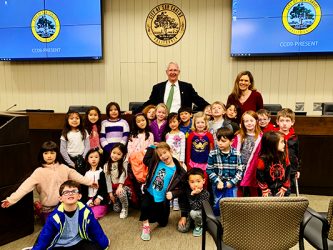
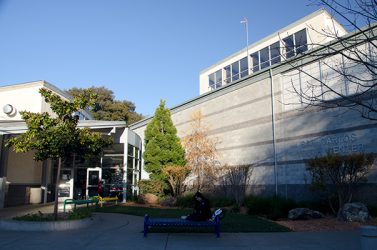


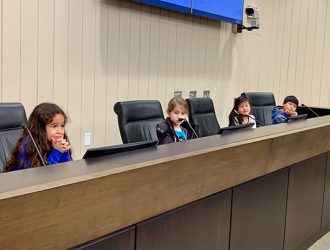

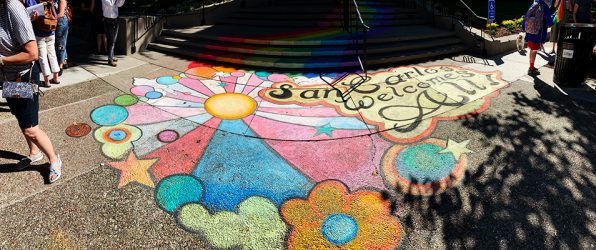
2 thoughts on “On Tennis Courts, Beaches and Pandemics”
My husband and I are also anxiously awaiting the reopening of the tennis courts. I believe after these past weeks of SIP, the need to be good citizens has sunk in to the vast majority of us and I’m sure we will be conscious of keeping our distance (as my friends and I certainly were even before the courts were locked.) I hope that with the coming easing we will be able to play, even if only singles of the same household, and then opening up to doubles.
I’m also hopeful that gardeners can get back to work, maybe just solitary gardeners at first? This seems a very low risk activity, and I know my gardener will be grateful for the income.
In any case, I found It comforting reading your letter. You are clearly a very thoughtful and empathic guy and I’m so glad to have you on our council!
Thanx for the kind words, Lindsey. The gardeners issue is subject to the emergency County health order and I’m not sure if the changes announced today touched on it. The tennis courts may be under San Carlos’ control (they are our courts but I’m unsure about whether the County regs cover them). I’ll refer the matter to staff.